Photo gallery: Utah's Bears Ears region is a natural & cultural treasure
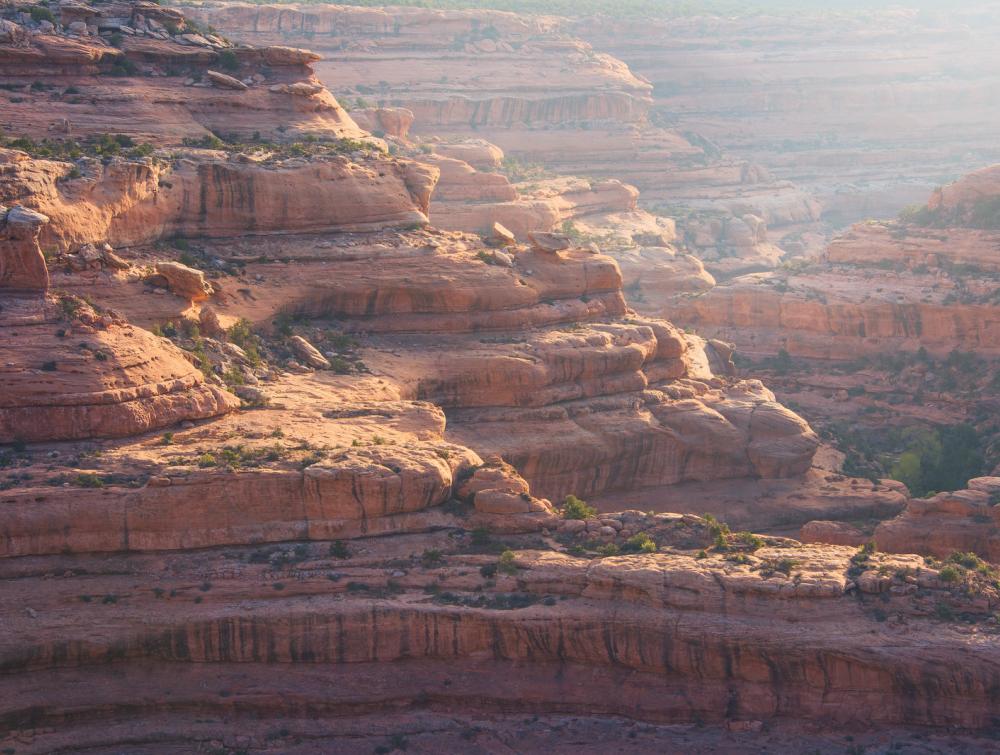
Mason Cummings, TWS
Get a sense of what makes this area so precious and why we need to protect it
Bears Ears National Monument was virtually eliminated by the Trump administration in 2017, putting priceless archaeological sites in danger. Currently, the Department of the Interior is developing a plan that threatens this southern Utah landscape even more broadly.
The movement to designate the monument in the first place was spearheaded by a coalition of Native American tribes seeking to ensure permanent protection for more than 100,000 priceless archaeological and cultural sites in the area. It was those tribes that petitioned President Obama to establish Bears Ears National Monument, and it is those tribes who are leading the fight to defend it today.
In addition to its cultural significance, Bears Ears is a hot-spot for outdoor recreation like hiking, camping, rock-climbing and backpacking, and a stunning wildland containing habitat for pronghorn antelope, mountain lions, bighorn sheep, black bears, peregrine falcons and other wildlife.
Despite its irreplaceable value, Bears Ears is under attack—threatened by looting, vandalism and development. Some politicians in Utah claim to care about this remarkable landscape, but they have not followed through on comprehensive plans to protect it, or its physical chronicle of millions of years of natural and human history.
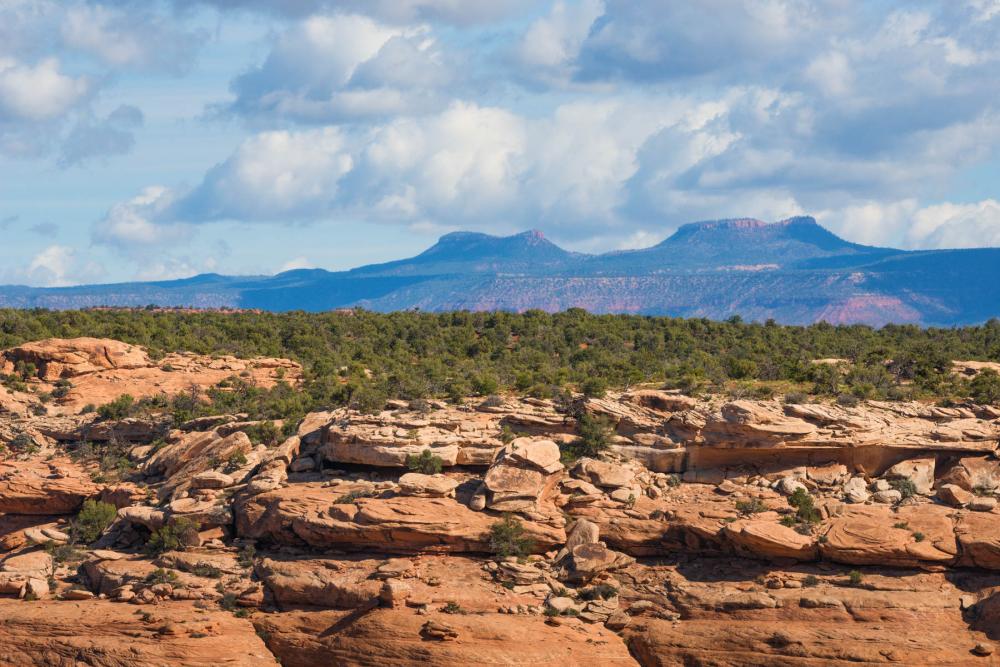
Bears Ears National Monument, UT
Mason Cummings, The Wilderness Society
Bears Ears' namesake is a pair of sandstone-fringed buttes jutting about 2,000 feet up from the mesa.
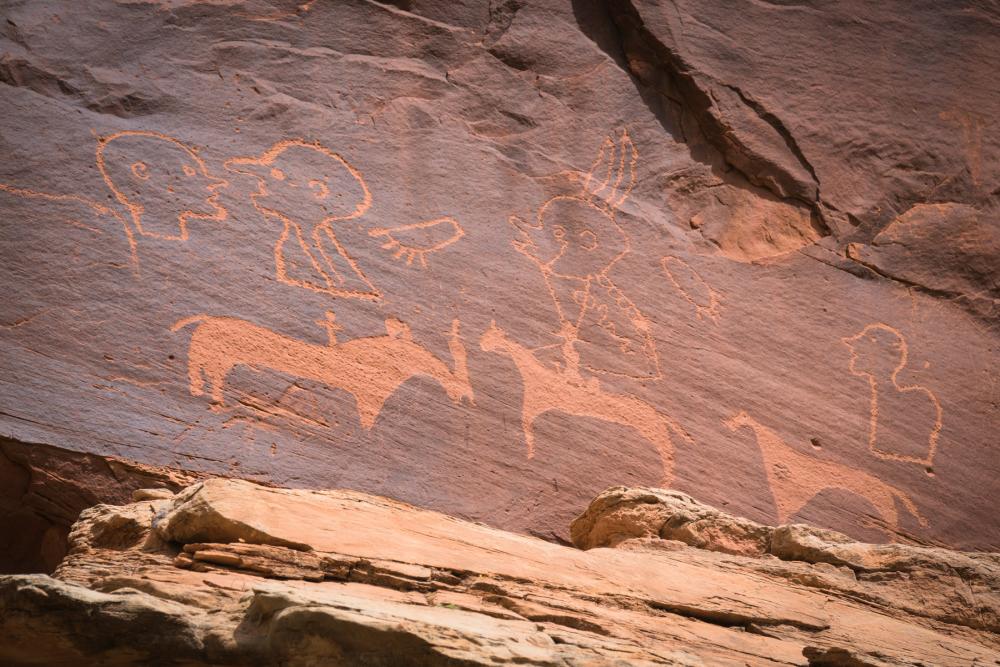
Rock art at Bears Ears National Monument, Utah
Mason Cummings, TWS
In October 2015, tribal representatives petitioned President Obama to protect Bears Ears as a national monument. This was thought to be the first time Native tribes had ever joined forces to do this.
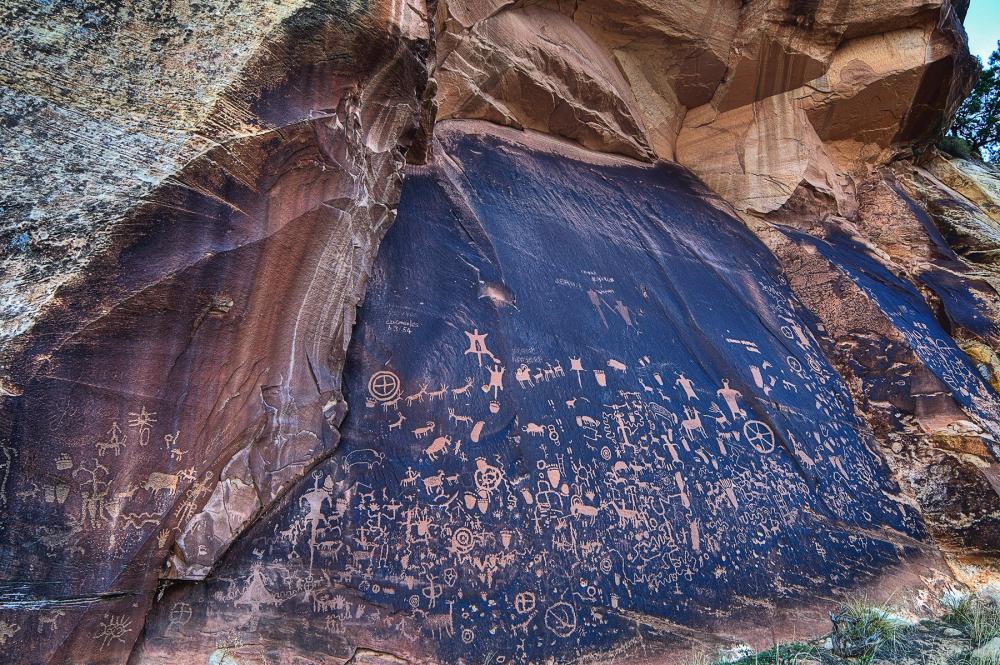
Etched petroglyphs on sandstone at Newspaper Rock in Bears Ears National Monument, Utah
Tim D. Peterson
Among Bears Ears' cultural highlights is Newspaper Rock, a slab of sandstone is covered with recorded history in the form of etched petroglyphs thought to date back about 1,500 years.
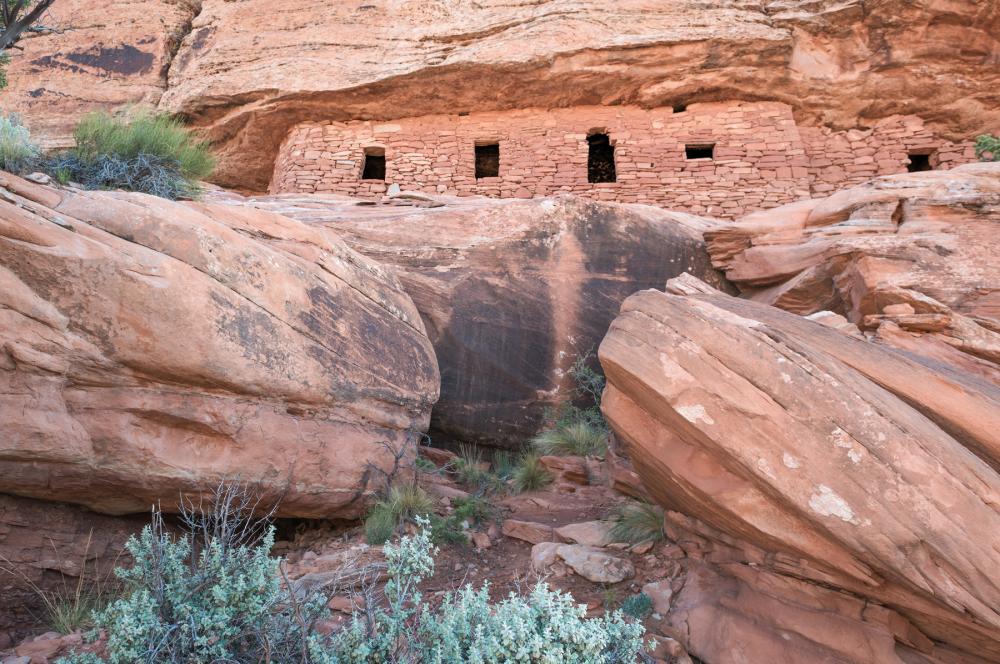
Ancient Puebloan ruins in Bears Ears National Monument, Utah
Mason Cummings, TWS
Ancient Puebloan ruins, characteristic of the cultural and archaeological sites in Bears Ears.
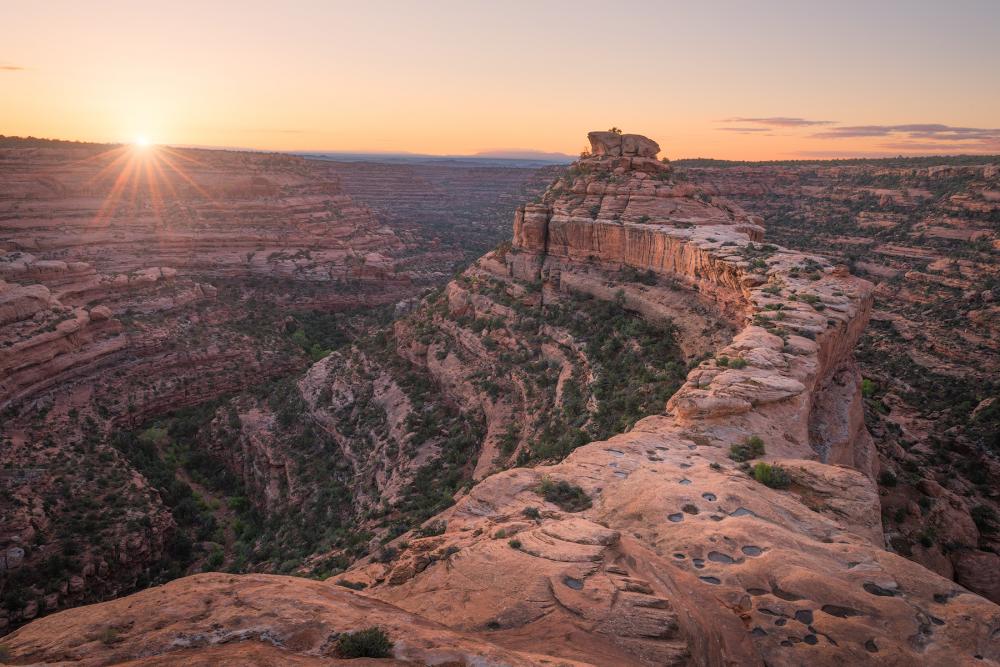
Bears Ears National Monument, UT
Mason Cummings, The Wilderness Society
Cedar Mesa, an expansive plateau dotted with canyons and sandstone pinnacles.
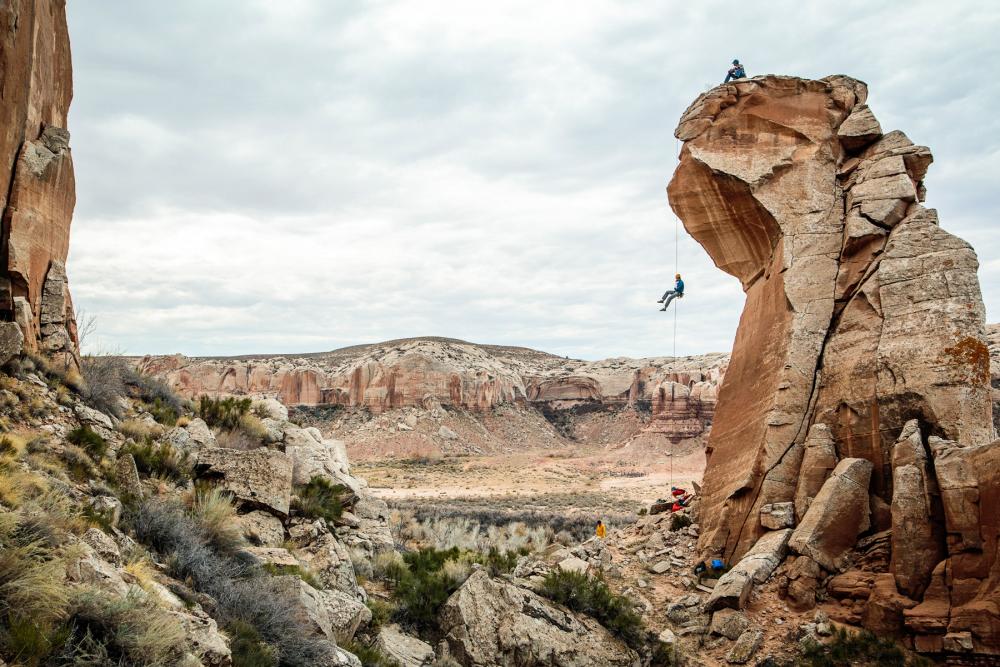
Rock climbing in Indian Creek in Bears Ears National Monument, Utah
Mikey Schaefer, courtesy of Patagonia
Bears Ears contains a number of cherished rock-climbing spots among other outdoor recreation spots.
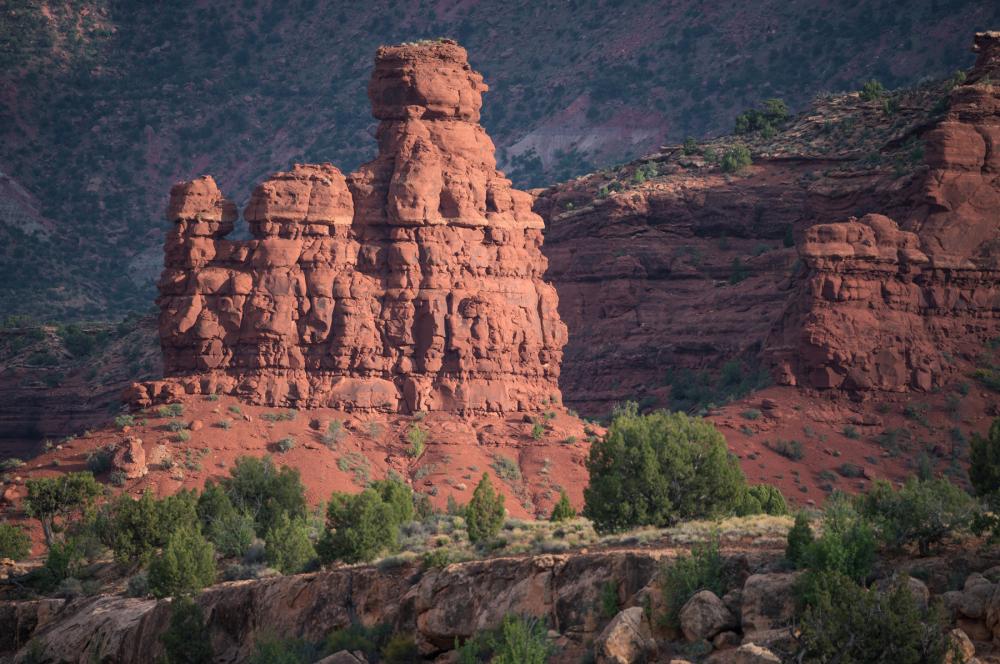
Rock formation near White Canyon in Bears Ears National Monument, Utah
Mason Cummings, TWS
Rock formation near White Canyon in the western part of the Bears Ears region, an unusually rugged and untouched example of the region’s beauty.
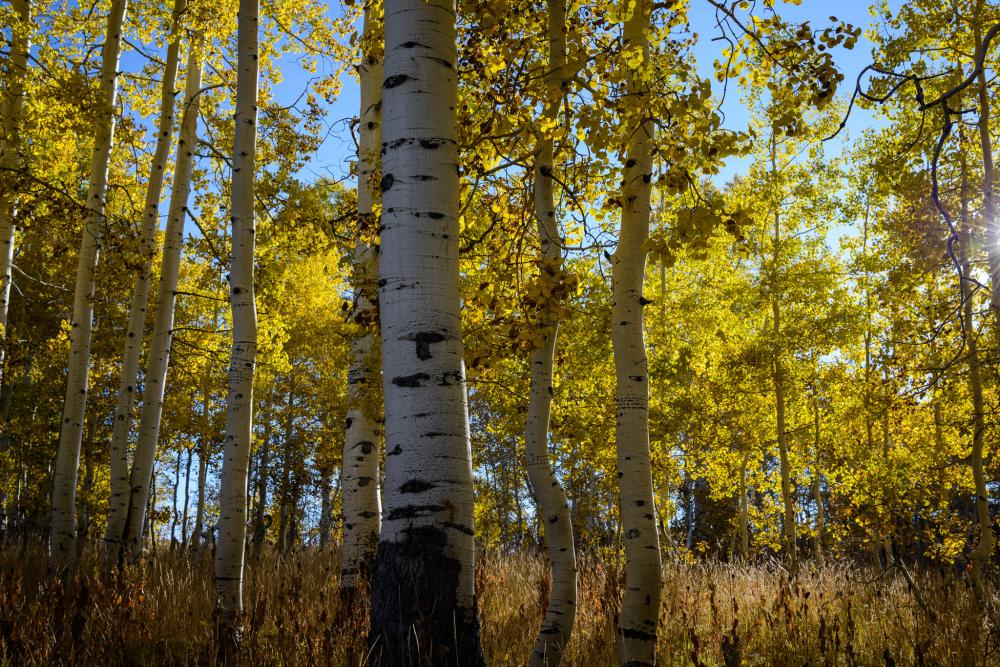
Manti-La Sal National Forest, Utah
John Buie, flickr
Manti-La Sal National Forest covers a large portion of Bears Ears with Gambel oak, aspen, fir and pine woodland, which includes habitat for elk, black bear and more.
